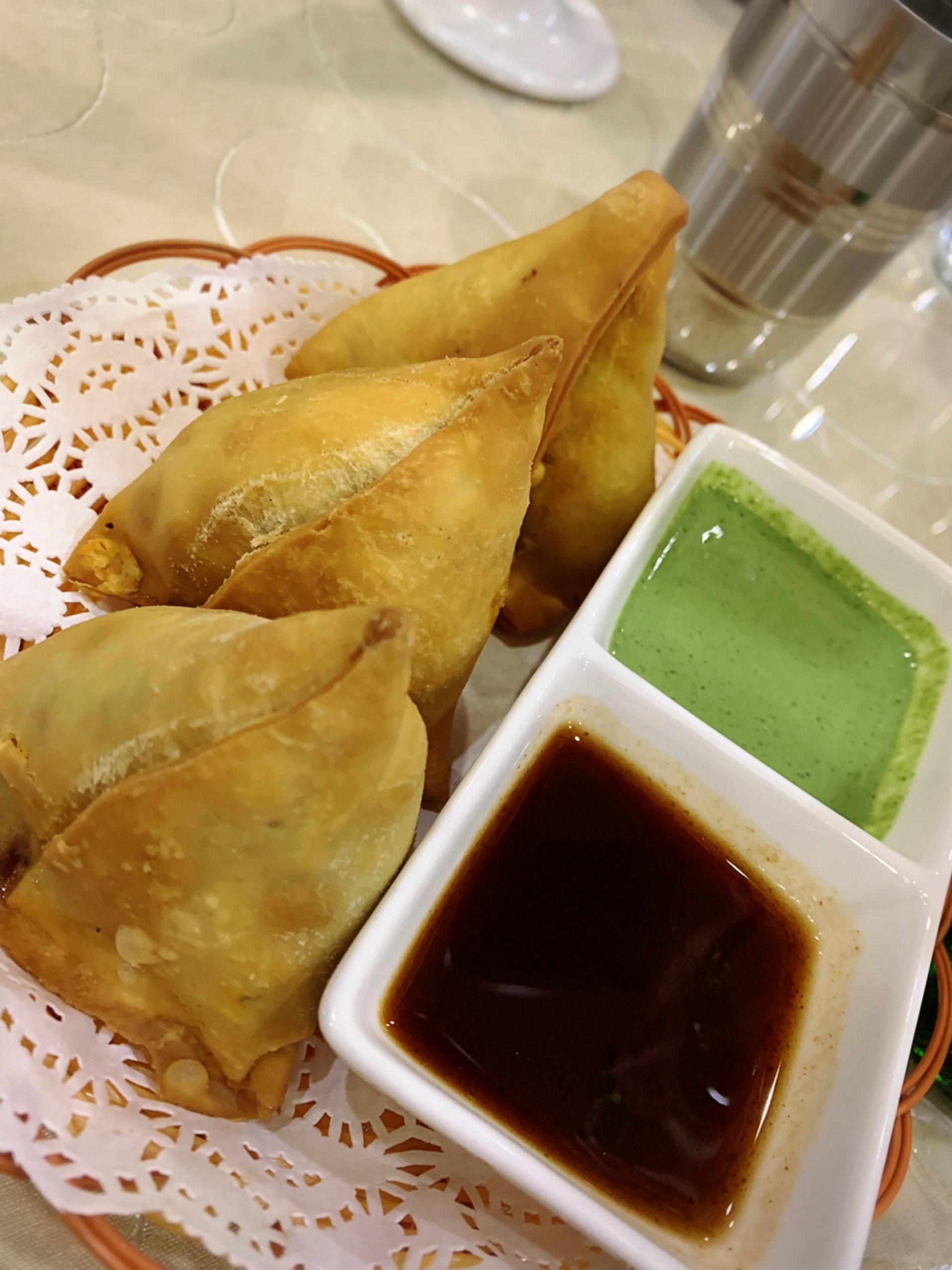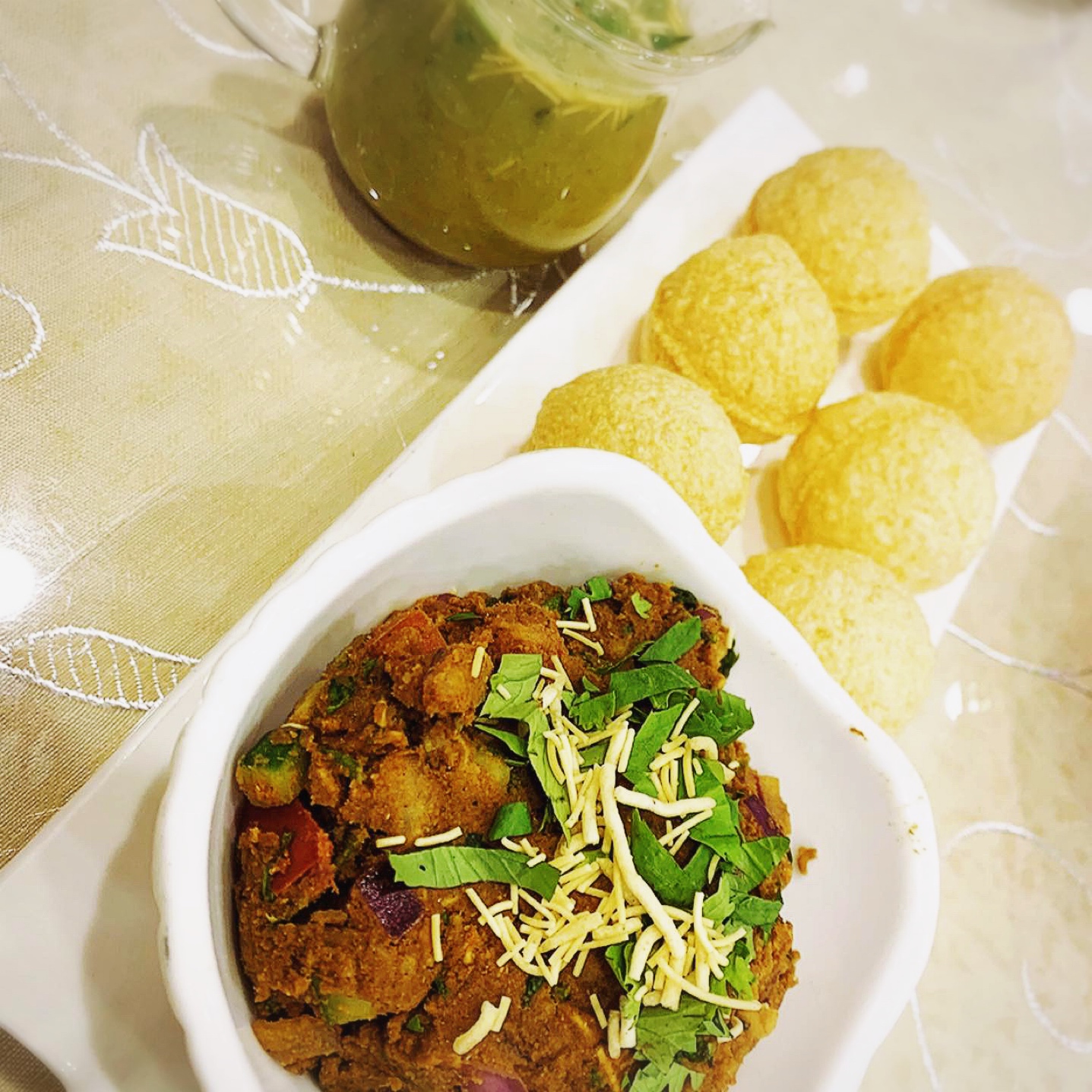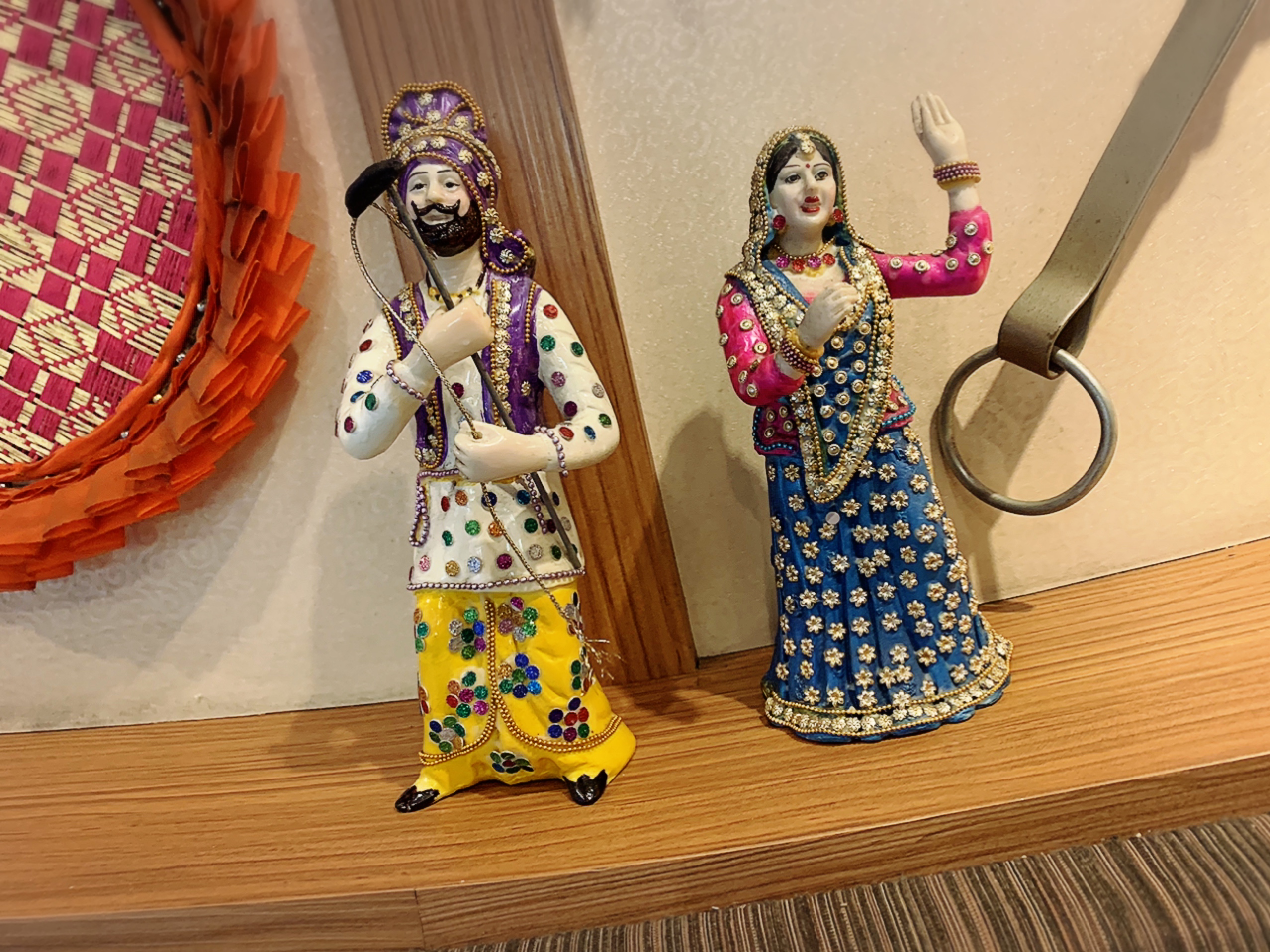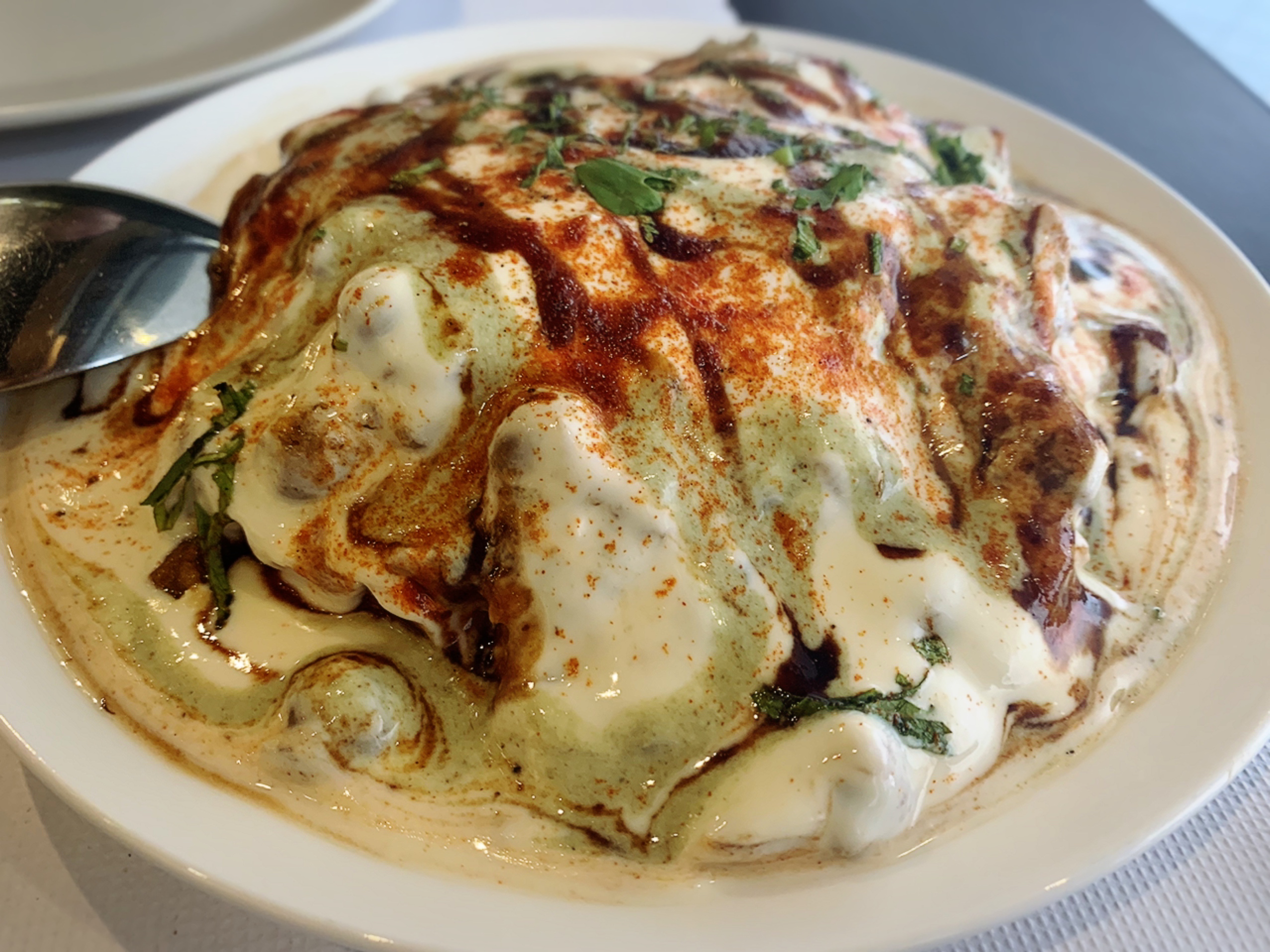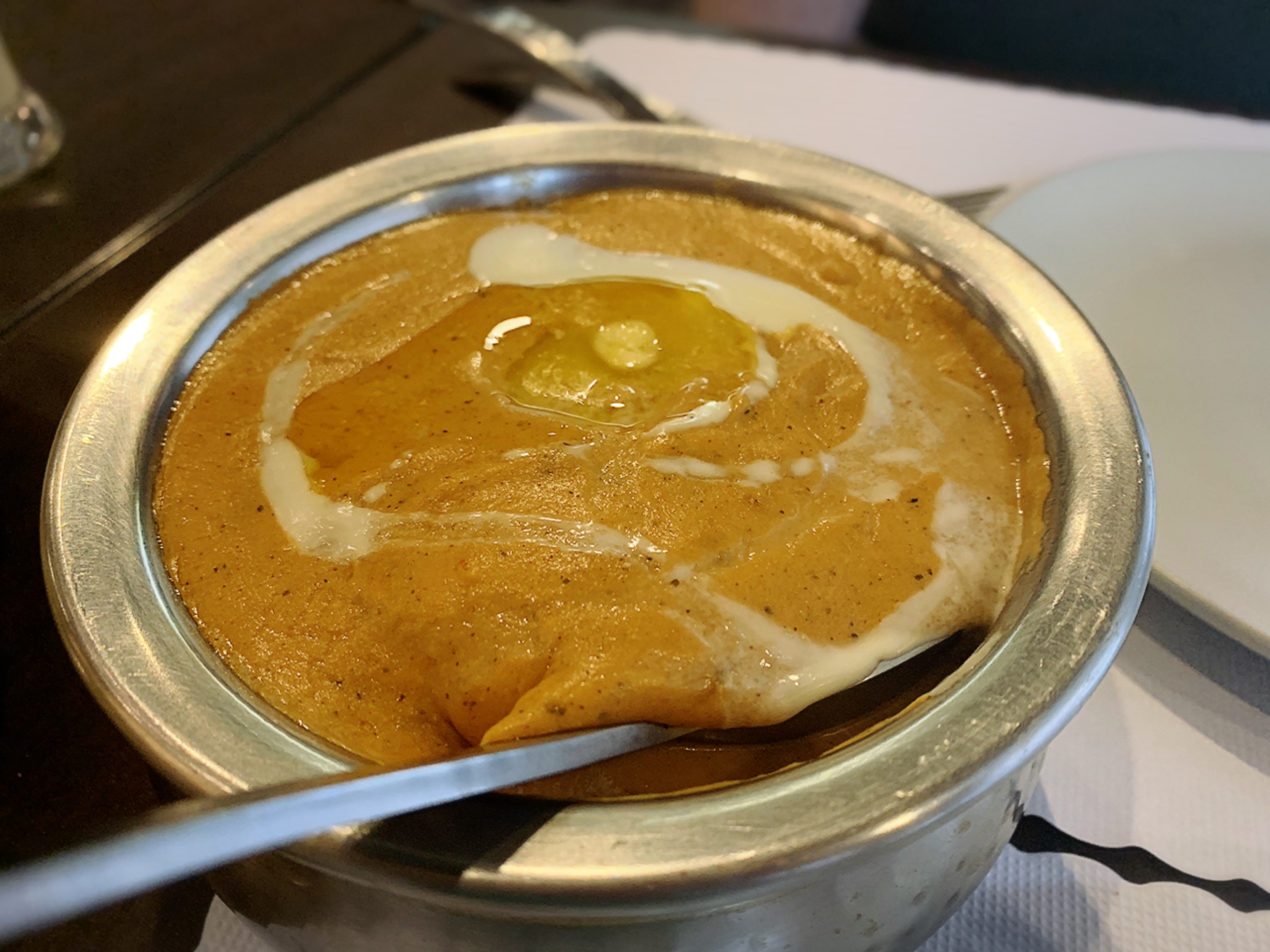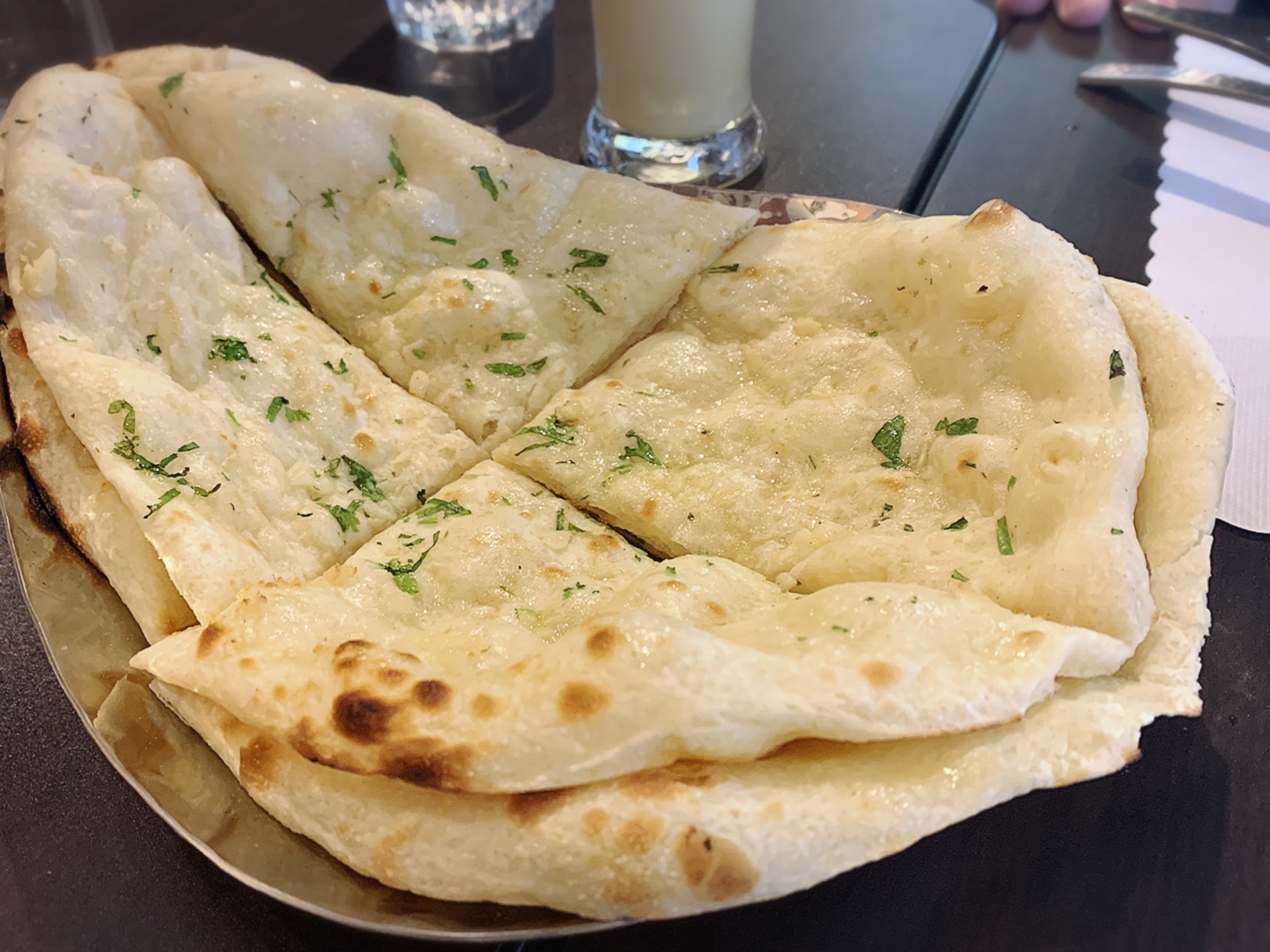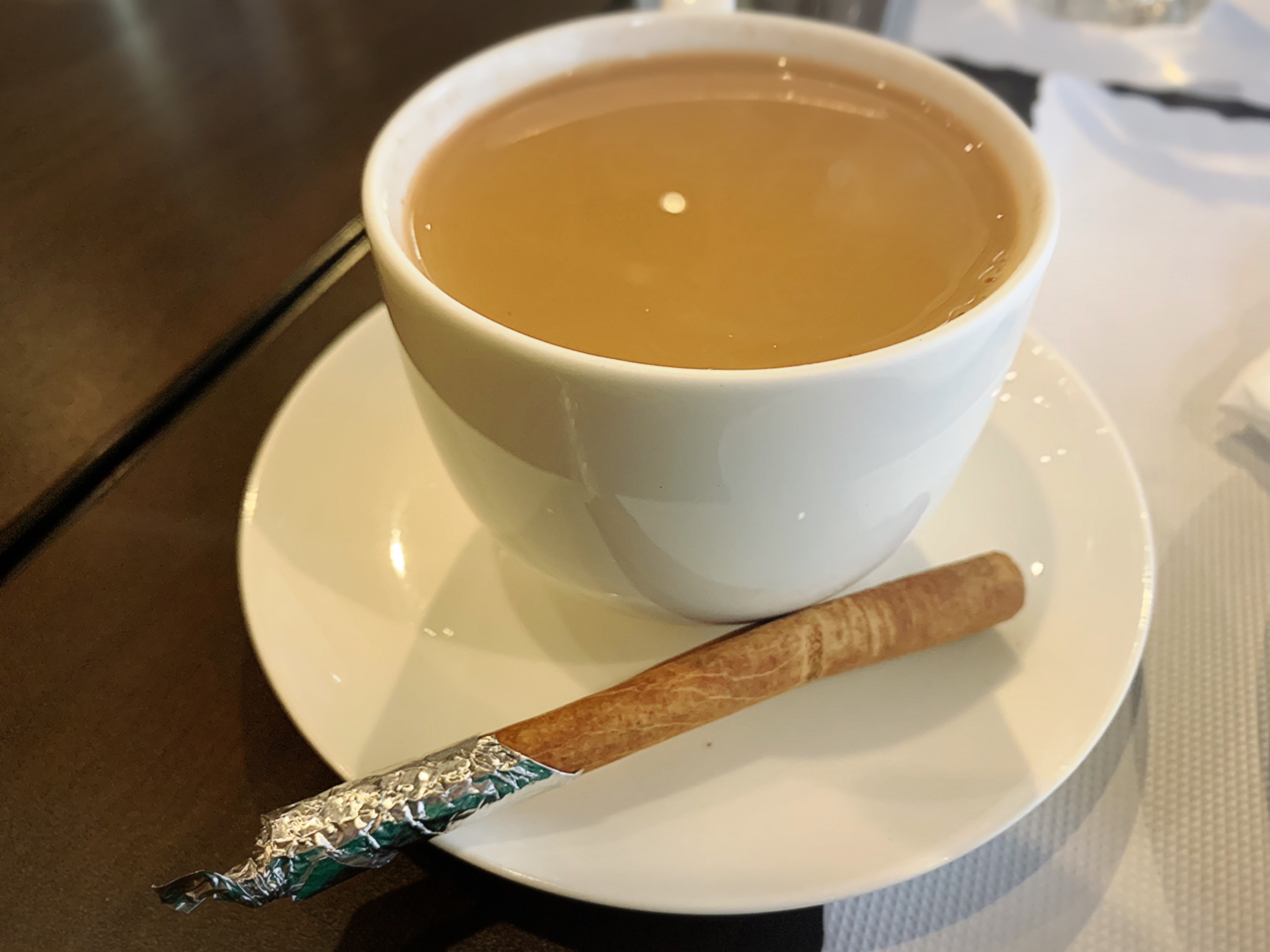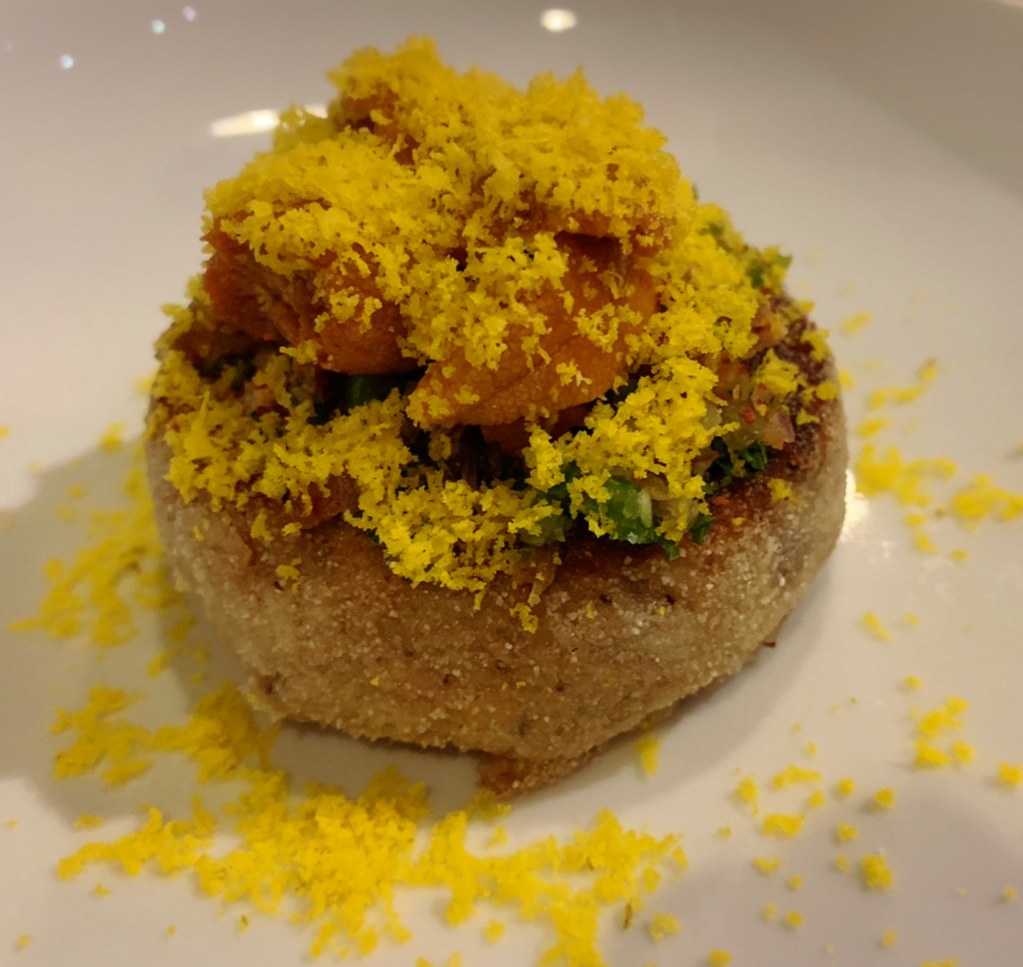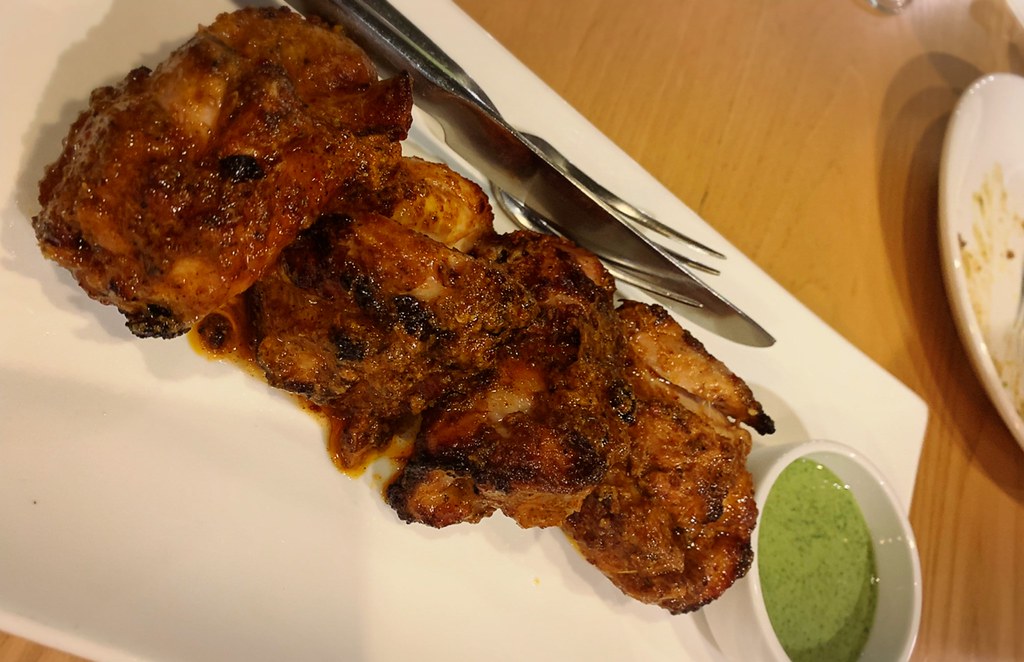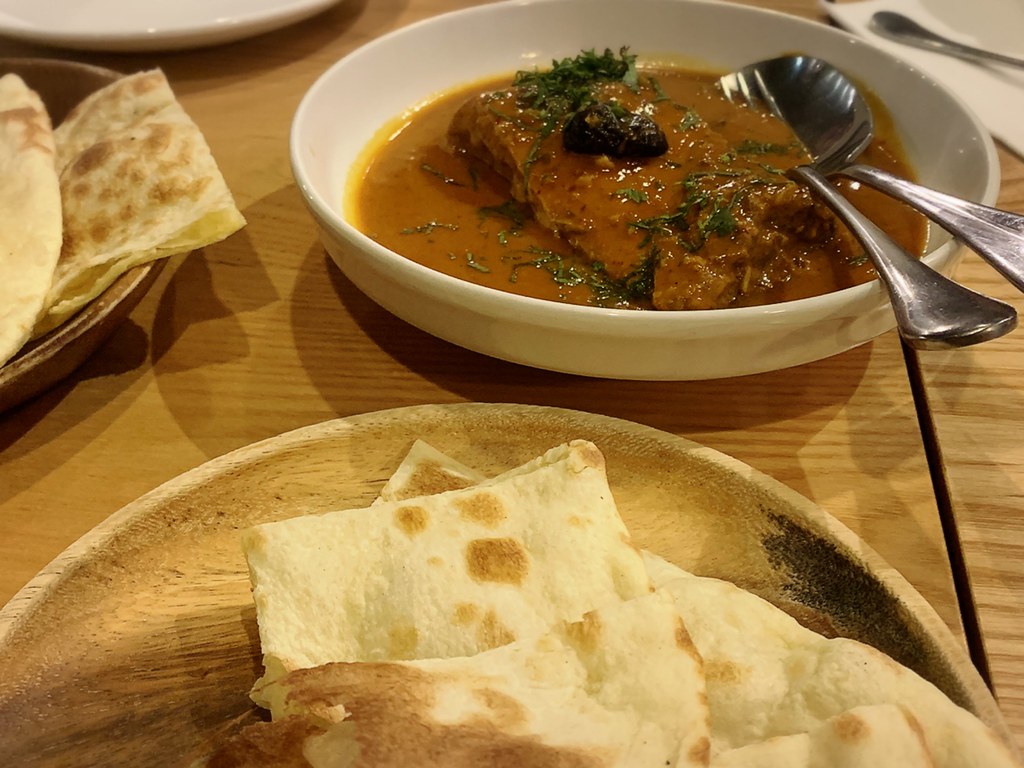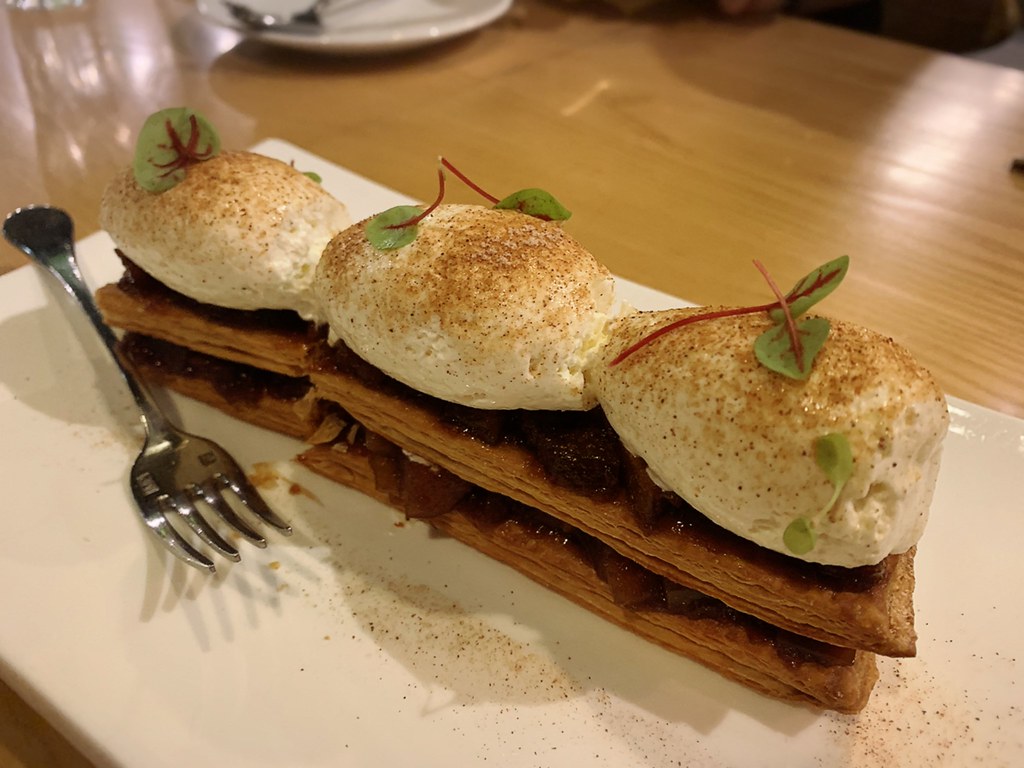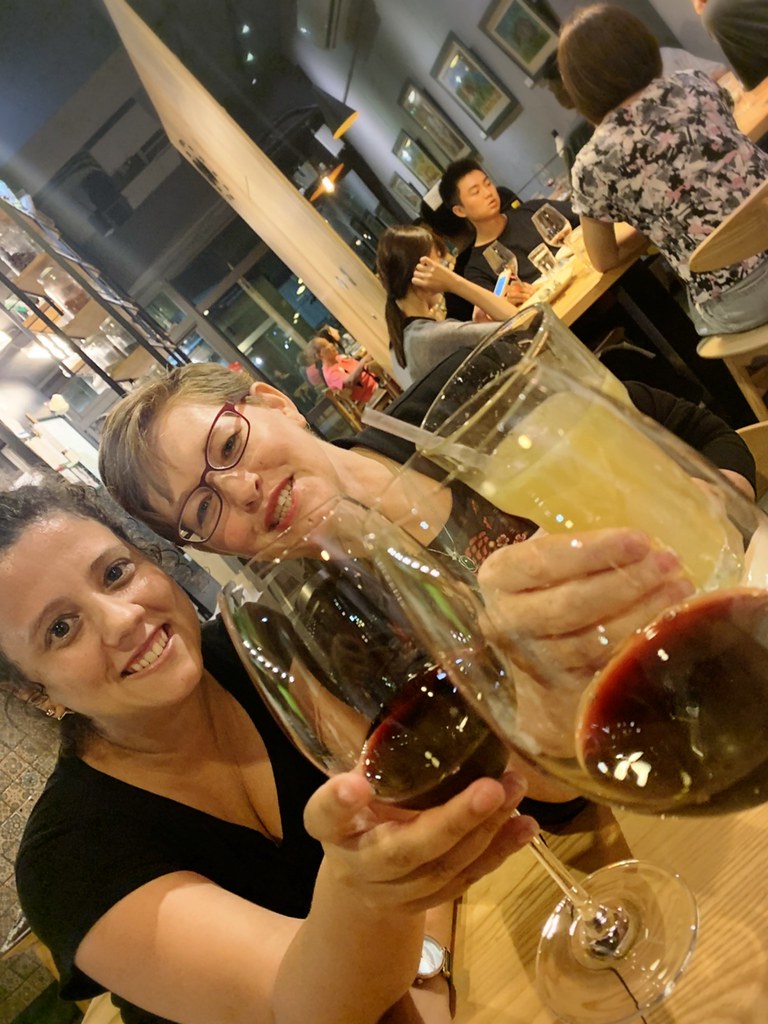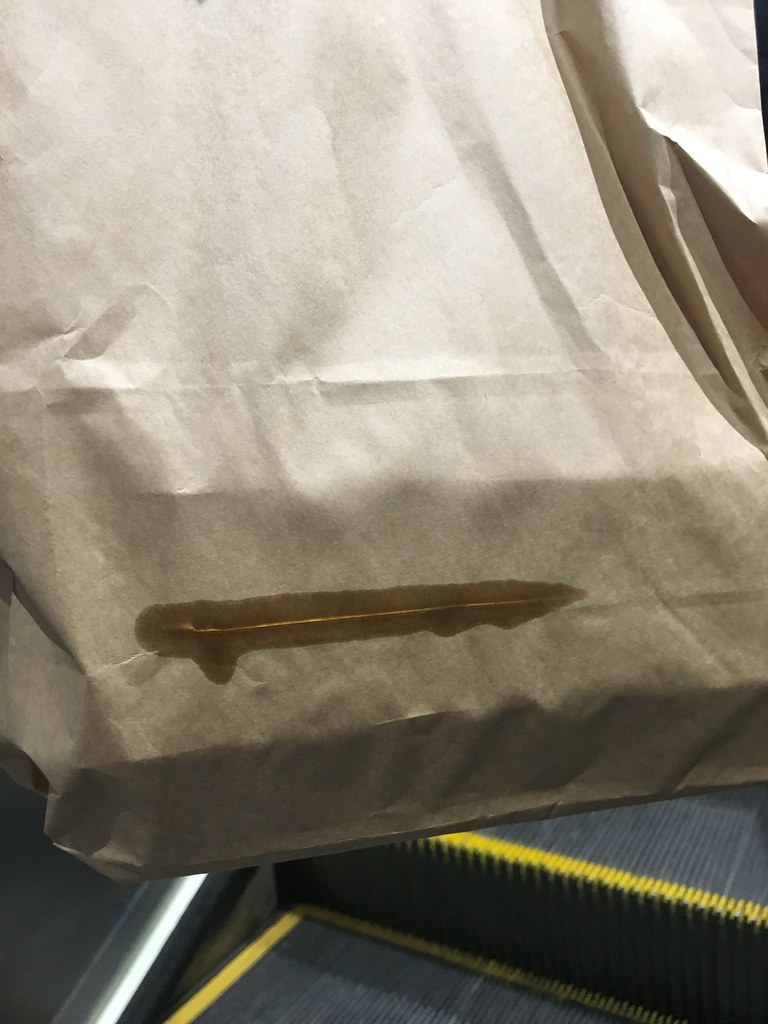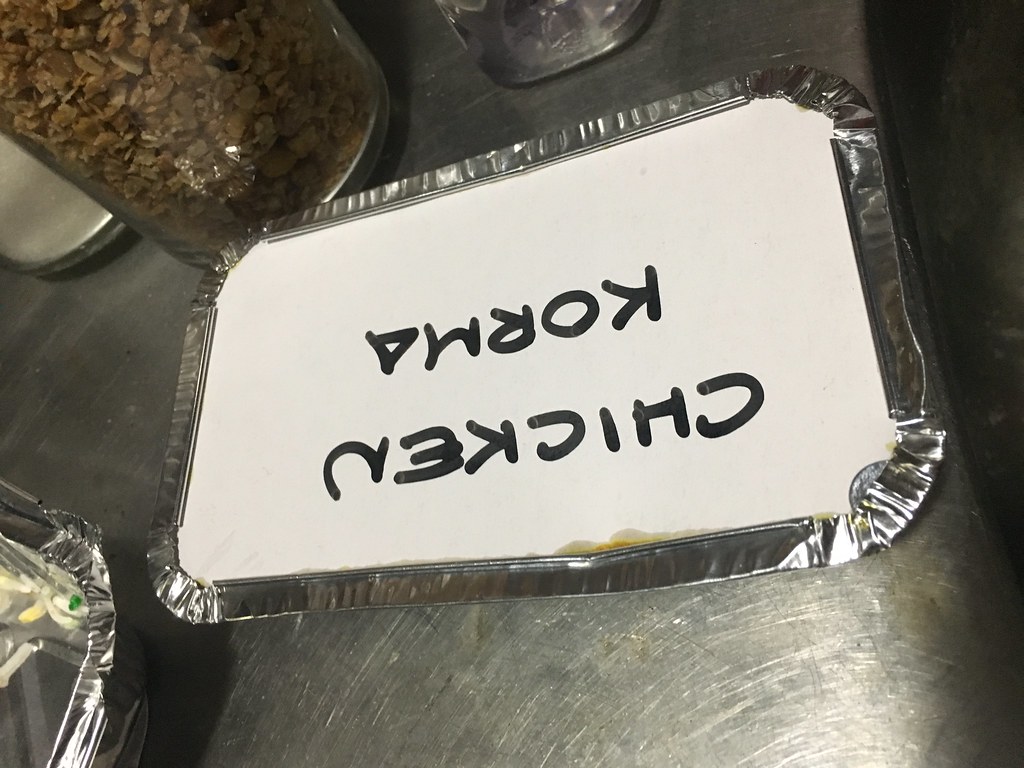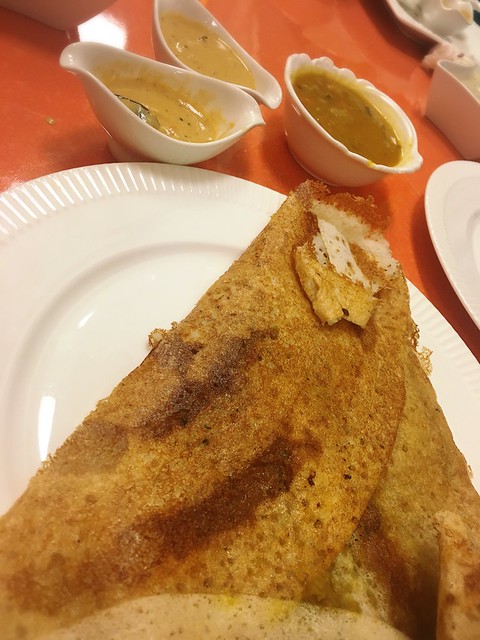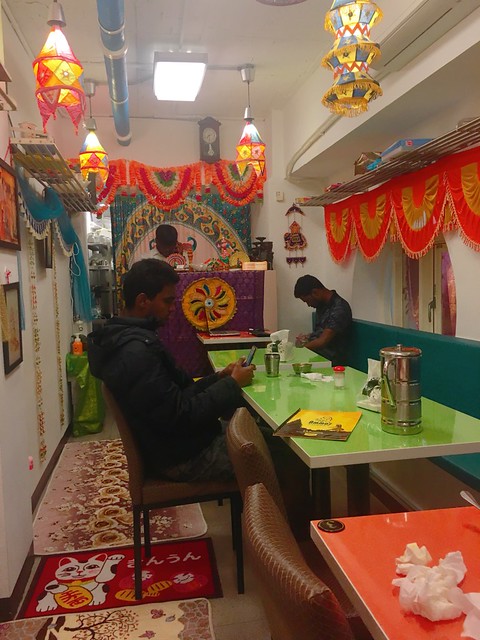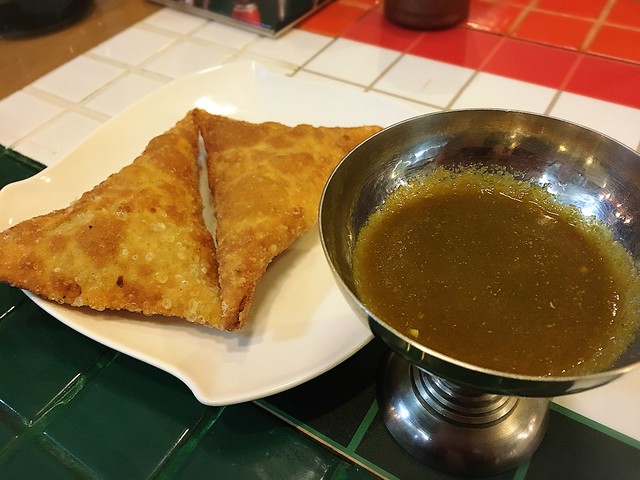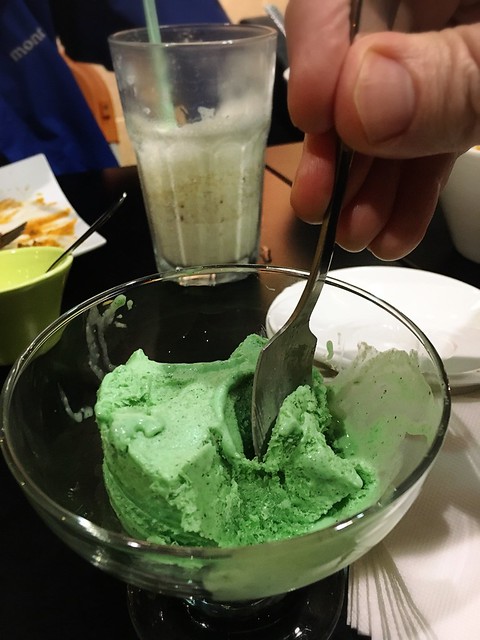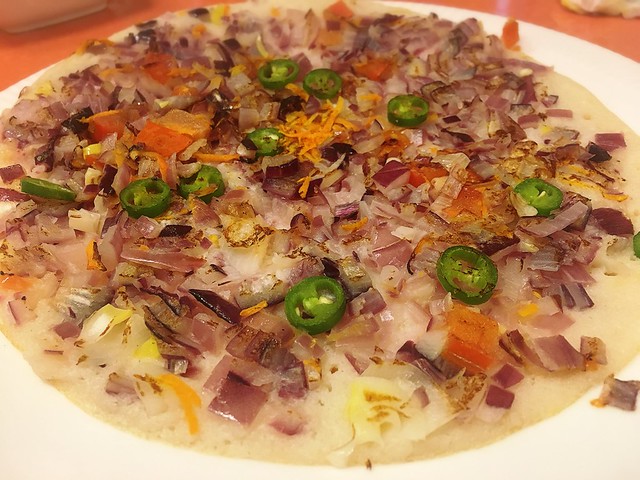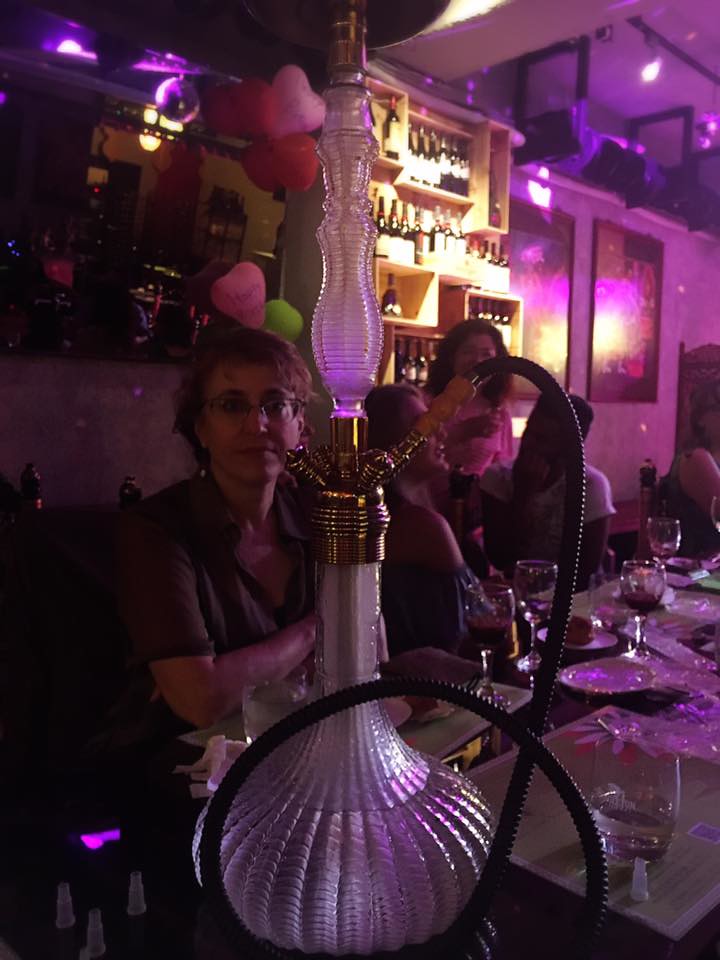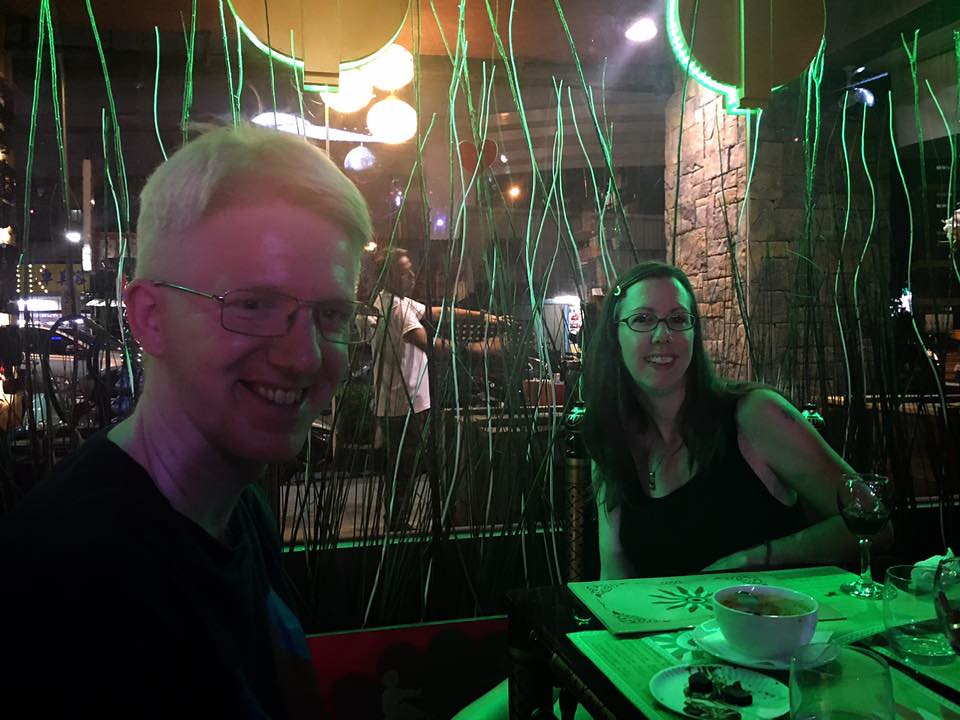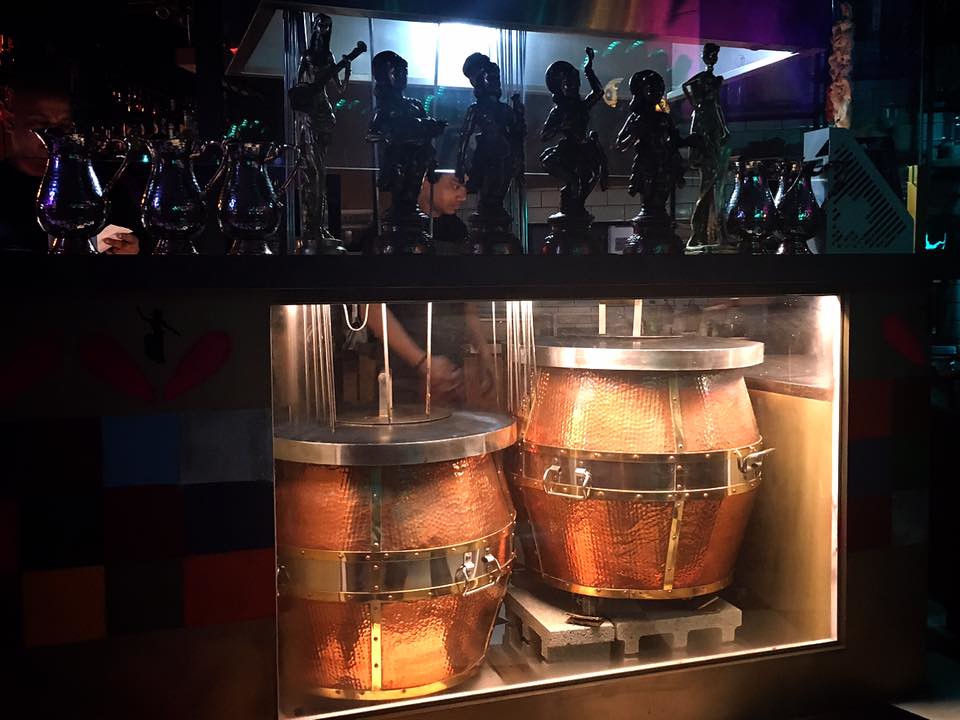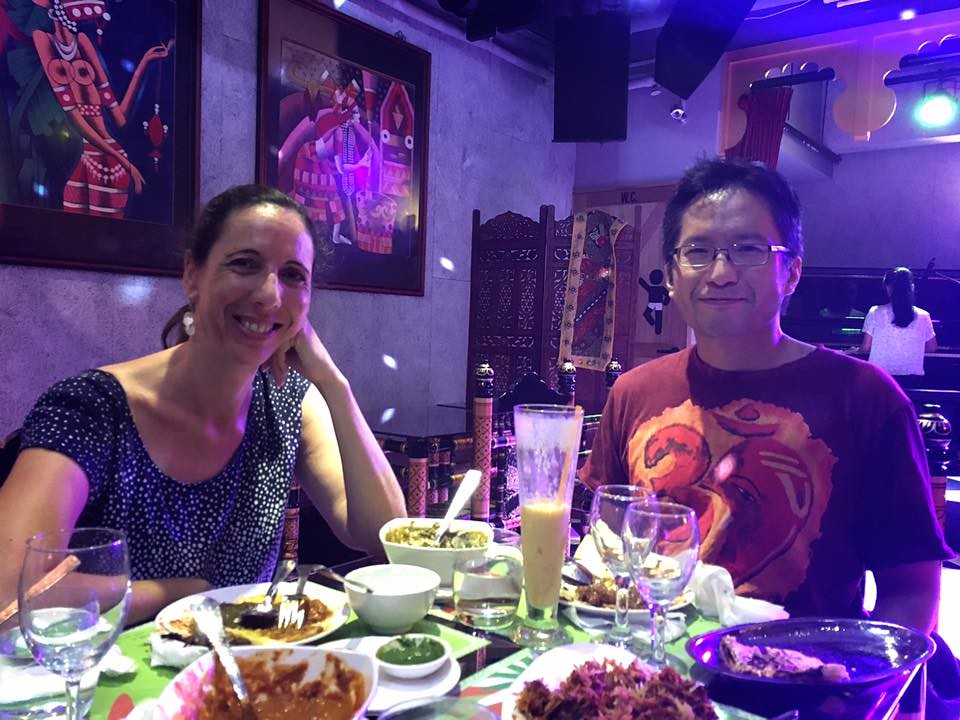I don't do restaurant reviews often these days. This is partly a natural evolution of the blog, and partly because as a diabetic, I can no longer enjoy food in the same way. Chef Joseph, however, is an exception. His erstwhile Joseph Bistro was a favorite; fine food, creatively prepared at prices entirely reasonable vis-à-vis quality. It was one of our go-to restaurants for special celebrations and the occasional birthday.
Joseph Bistro closed several months back. It wouldn't be an exaggeration to say I was gutted: where else was I going to get my lamb scented with argan oil, my fish with lemon pickle or my stinky tofu curry? I'd also included it in a Taipei city guide I helped edit recently. I'd confirmed it was open, and then it closed. It'll be a long waiting game until I can rectify this, if I'm asked back for the next edition.
Fortunately, Joseph isn't gone from the Taipei culinary scene. He's now heading up Summer Flowers Dining Room, a restaurant with fare so delicious I'm breaking my "I don't really do restaurant reviews anymore" rule to talk about it. (And perhaps I should revisit that stance in general. I get sick of politics sometimes.)
Summer Flowers has also moved; it's in the Shinkong Mitsukoshi Diamond Towers near Zhongxiao Fuxing -- specifically, the one still under comstruction next to the green Sogo. To be honest, I prefer establishments with their own street entrance; in general I'll avoid going into most department stores if at all possible. This location is fine, however -- the elevator brings you to a floor with only restaurants. There are no noisy floors packed with slow-moving shoppers and terrible music.
(As you can see, I may have been traumatized a few times by ATT4Fun. Now, I'd rather not go to a restaurant there than brave that hellhole. Diamond Towers isn't so instinctively horrible to me.)
There is more than one chef at Summer Flowers, and the menu is a little different from Joseph Bistro. The appetizers include more traditional Indian fare -- they even have samosas and dahi puchka! A few staples remain; Joseph Bistro always backed up its more adventurous dishes with beautifully-made curries in the more traditional sense, including unusual choices with a stronger emphasis on southern Indian food than most Taipei restaurants with a connection to India.
It took us awhile to check out Summer Flowers due to both holiday obligations and illness, but then Brendan finished (and passed) his Master's program and we booked a table to celebrate. The vibe of Summer Flowers is a lot more modern, with lots of mood lighting accentuating reds and grays. A gallery of ornate mirrors adorns the long wall. Most tables are for two, and there's bar seating as well as at least one table for larger groups.
We started with the chorizo-stuffed squid and fish polichatu -- grouper steamed in a leaf with coconut milk and spices in a Kerala style. Both were delicious; the flavors of the fish were more delicate, whereas the chorizo inside the perfectly-cooked squid was an absolute flavor explosion. I found myself rolling it around on my tongue to get as much flavor as possible before actually consuming it.
Fish polichatu

We paired all of this with half a bottle of Chablis chosen by Joseph himself. It was a perfect pairing; Indian food works well with light, slightly sweet whites. Nothing too dry, but also nothing too syrupy. Summer Flowers also offers beer and cocktails, the cocktails being India-inspired and a new venture for them (I don't recall any on the menu at the old bistro). I want to go back just for the lamb rack and a drink!
We also ordered two curries with garlic naan: Rajasthan red lamb mas, which is the spiciest dish on the menu, and Udupi temple sambar, which is not. The lamb mas bills itself as cooked in whole garam masala, smoked red chili powder and shallot yoghurt curd, and did not disappoint. In fact, every dish on the menu had a good level of heat, without ever being overpowering or underwhelming.
The sambar took what is usually a side dish in southern India -- it's not a soup, you're meant to pour it over tiffin like idli, dosa and vadai -- and turned it into a dish in its own right. Big chunks of lamb, eggplant, potato and pumpkin bulk up what is usually a thin, spicy-sour breakfast accompaniment. (Or where I lived, all-day accompaniment. In Madurai, idli is not just for breakfast). I'm very picky about food from places in India I've actually been. If you serve me regular chicken curry and call it Chettinad chicken, I will hold a grudge (this is a real thing that happened. The blasphemy). I've been to Chettinad, don't play me.
Well, I've also been to Udupi and the sambar did not disappoint. Was it exactly like what you'd get in Udupi? No, but it wasn't supposed to be! The final result of this creation was still a fantastic vegetarian option.
Gulab jamun with kheer
Our second dessert -- such decadence from someone who on a typical day stops herself at four squares of a chocolate bar if she has any dessert at all! -- was a Joseph Bistro classic back in the day: crusty spiced red wine apple with cinnamon cream. It's exactly what you want a very fancy apple tart to be. The apples are steamed in red wine and layered on crispy French pastry. Generous dollops of cinnamon cream melt into it for a truly perfect cold-weather dessert.
The bill came to an entirely reasonable NT$5000 (or very close to it). For a meal like that, to celebrate something special, it was money well spent. In fact, I cannot imagine getting a meal of this caliber in the US or any Western country for anything close to that price.







